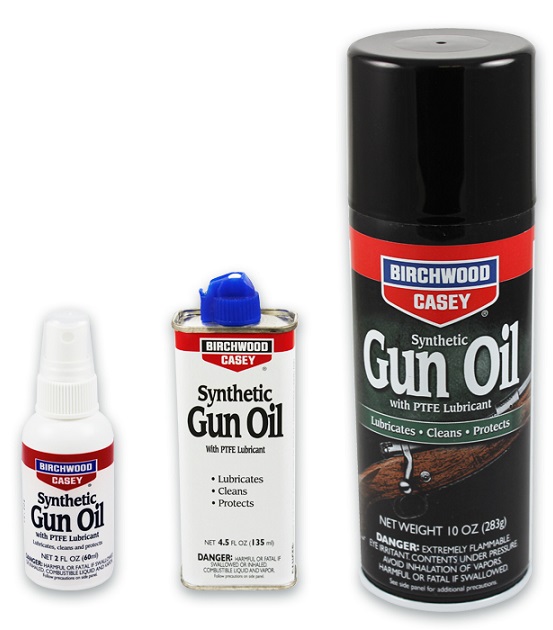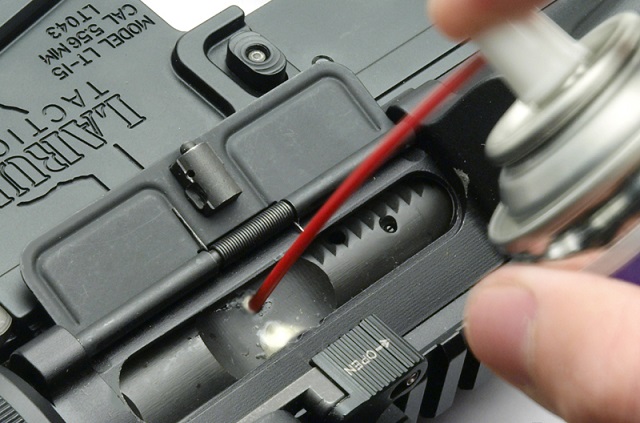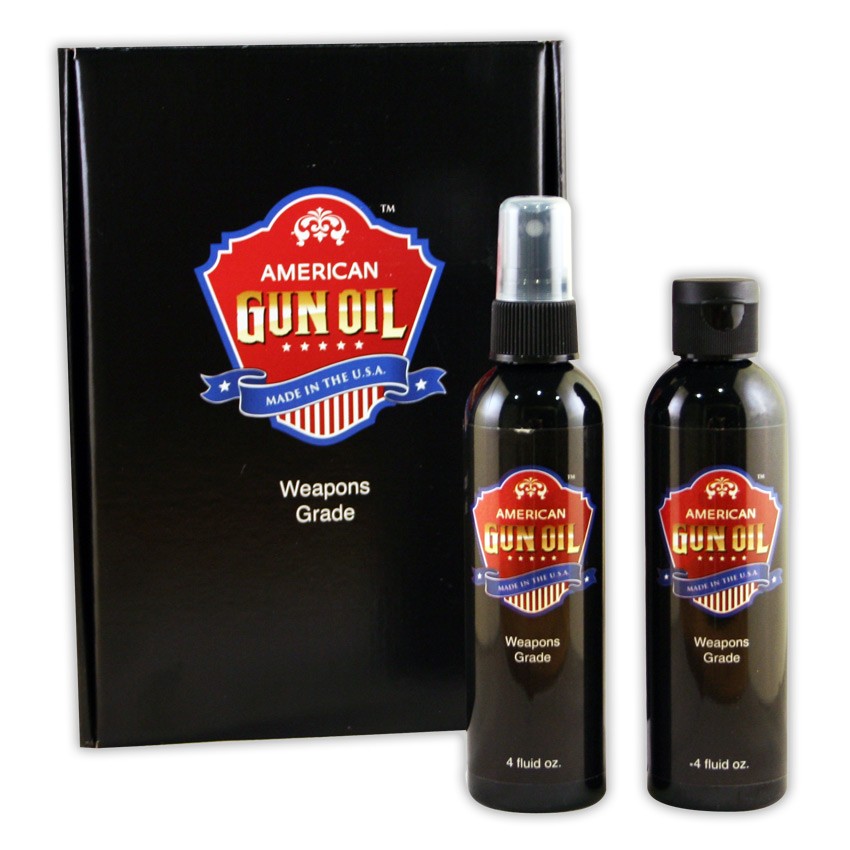Cleaning And Gun Oil
Gun owners should know that proper care for firearms is important in order to keep them functioning properly. The application of gun oil and lubricant is important during the maintenance period and should never be taken for granted.
All guns are made of different materials and each one has its own unique firing mechanism therefore to keep them in good condition specific type of gun oils must be used. Some are only recommended for modern hand guns and rifles while others work for the vintage types like the hunting guns. Premium quality gun oil and lubricant can influence the overall performance and makes target shooting very accurate even with or without the aid of optical devices like the aimpoint pro.
The Nature of Gun Oils
To select a good one, pay extra attention to the viscosity and purity of the fluid. Viscosity is the thickness of the oil in a given temperature. Those that are less viscous even when subjected to high temperatures will still facilitate smooth movement of gun parts. Refined oils are more expensive and are highly recommended for general gun upkeep. The less refined ones may cause residue buildup and can slow down the movement of gun parts through time.
Take Note of the Other Firearms
The production of synthetic gun oil started to match the economical need for cheaper oils that are of excellent quality. Decades ago, regular machine or motor oil is used as gun oil lube and protectant. Today a number of oils are available specifically created to stand well under prolonged exposure to sand, dust and extreme heat. Examples of guns that do not work well without lubrication are the US military M16/M4 family, M9 and M1911 pistols.
There are those that do not require much lubrication like the Glock pistols and AK firearms. They are created to continue functioning without constant lubrication but will still work better if well lubricated. Check out these simple steps on how to clean and oil guns.
How to Clean and Oil Guns
- Make sure that the firearm is not loaded. This is the first safety rule. The gun should be in safety setting and the trigger is locked. Make sure that the barrel and chamber are free of shells.
- Dismantle the parts and spray with a cleaning solvent then let it sit for 2- 3 minutes.
- Wet a brush with cleaning solution and run it along the barrel. Then use a dry flannel and repeat the same process on the remaining parts to dry it. Keep replacing with patches of cloth until the last piece comes out clean.
- Clean the moving parts with a solvent then scrub with a brush inside and out. The moving parts include the chamber, locking block, rails, plunger and bore. Wipe them with a dry cloth when cleaning is done. Make sure to cover the inside and outside parts.
- Apply gun oil lubricant to all parts involved in trigger and action mechanisms such as the slide rails, extractor, plunger and breech. Drop a few drops of oil on these parts then wipe with a patch of flannel. Use enough amount of oil for these parts to ensure smooth movement.
- Wipe off any excess oil then reassemble back the parts.
Always remember the two factors that cause guns to function improperly are fouling and moisture. Fouling happens when metal and powder build up is created every time the bullets are discharged. This can cause rough spots that can affect shooting accuracy. On the other hand, moisture will result to corrosion. That is why guns should be protected from snow, rain, fog, water and high humidity.
Lastly, neglect is the worst contributor of gun malfunctioning. Always consider that aside from the use of a gun oil, proper care and handling ensures gun longevity and service for decades.


